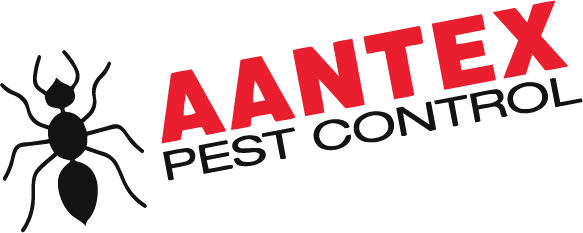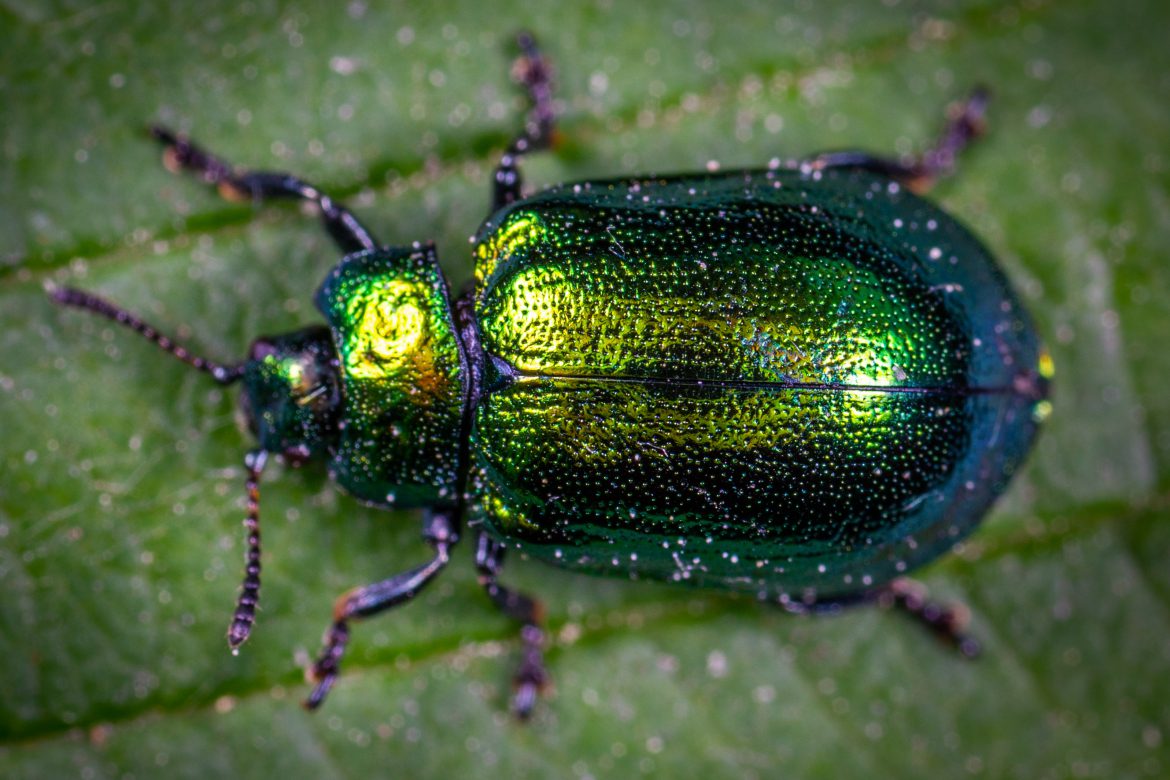June bugs are a type of beetle that belongs to the Scarabaeidae family and vary in appearance. They generally only appear in throughout May and June. Often mistaken for a cockroach, June bugs are leaf-eating bugs with a hard, shiny body with six legs, antennae, and a hairy underbelly. These unwanted bugs are clumsy fliers and attracted to light, so often they become most noticeable in the evenings when they fly toward lightbulbs and crash into well-light windows. Here is a bit more information to help you identify June bugs and some tips on how you can control them in your yard.

June Bug
What Are June Bugs and How Can I Identify Them?
Interestingly, there are nearly 300 species of beetles that are considered June Bugs. These bugs may look different and have slightly different behaviors, but all fall into the same classification. However, in general, June Bugs are nocturnal, are about 1-inch in length, and have hard, shiny bodies. When it comes to coloring, you may see metallic greens, yellows, browns, and different stripe variations.
These pests emerge from the soil as larvae in August and feed off of the decomposing organic matter and roots. They remain in the soil as grubs until the ground thaws when they emerge as adults. These are the pests with which we are confronted. When adult June Bugs are out, they feed off of garden plants and lawns. They will feed off most plants’ roots, leaving destruction and dead grass and plants in their paths.

Beetle
The damage of beetles is evident with dead patches of grass and holes in the foliage of common plants in our yards and gardens. Depending on the size of the June Bug infestation, these unwanted pests can skeletonize a leaf or plant and eat any fruits or veggies coming to fruition.
How to Control June Bugs
Different strategies are available to control June Bugs. Natural predators include frogs, snakes, and lizards. Encouraging these creatures to live in your yard is a simple way to keep bug infestations at bay.

Beetle – June Bug
Simple preventative measures are also a piece of the integrative pest management strategy. One suggestion is frequent irrigation of your lawn and garden areas through late June. This will discourage female beetles from laying eggs there. Also, be sure to harvest fruit and veggies from your garden. The decomposing harvest will be a delicious meal for June bugs and invite them to lay eggs.
Finally, work with a pest management company. If there is an infestation, working with a team of professionals can help you assess what changes should be made in your hard to prevent future infestations. They also will be able to safely and effectively treat impacted areas to reduce future damages.
Schedule A Consultation With Aantex
If you have concerns regarding June Bugs or other unwanted pests that may cause damage to your indoor or outdoor areas, reach out to our team. We provide comprehensive consultations at no charge. We always have and will continue to practice safe pest control, applying appropriate social distancing, and using PPE while we work with you and treat your home or office. Call us at 925-240-5100 or schedule your consultation online.


